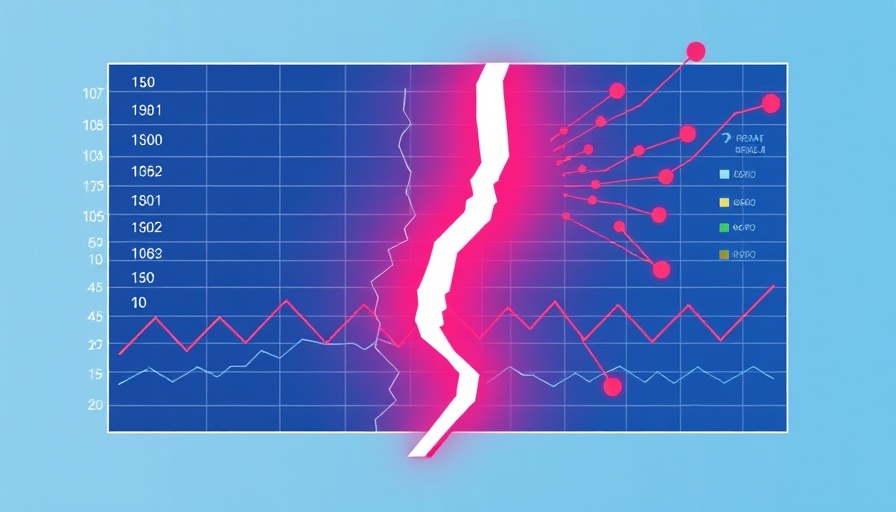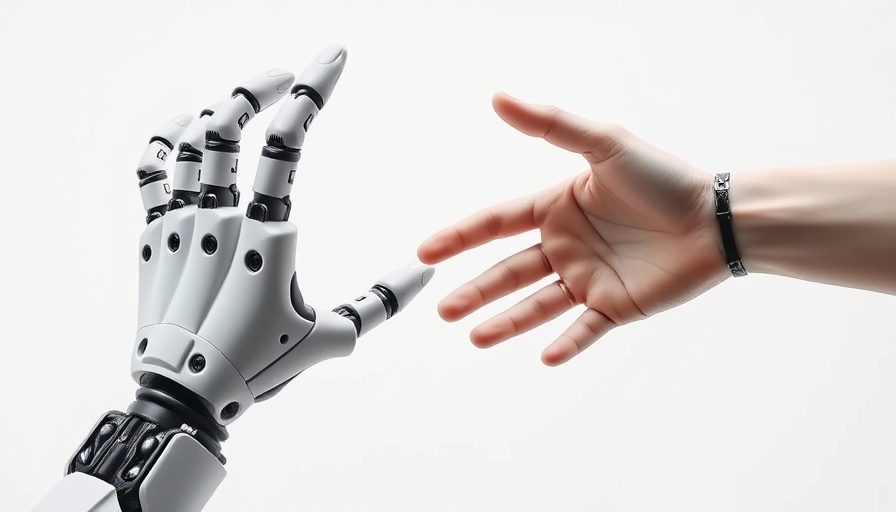
Understanding the Cracks in AI Benchmarking
The AI industry, while burgeoning with innovations, faces a critical and somewhat overlooked challenge: the inadequacy of its benchmarking standards. As AI continues to permeate various sectors, from healthcare to automotive, the importance of effective evaluation becomes paramount. However, according to recent discussions and analyses, current benchmarks are often misaligned with real-world applications, misleading developers and stakeholders alike.
The Disconnect Between Metrics and Real-World Applications
At the heart of the AI benchmarking dilemma lies a disconnect between technical metrics and practical use cases. Traditional benchmarks may perform well in controlled environments but often fail to represent genuine operational contexts. For instance, an AI system might excel in laboratory tests yet stumble under the unpredictable nature of real-world data. This divergence creates a misperception of AI capabilities and spurs unrealistic expectations in industries that rely heavily on AI implementations.
The Need for Evolving Frameworks
As technology evolves, so too must the frameworks that assess it. Stakeholders in various fields—including business, healthcare, and technology—are calling for a shift towards more relevant and adaptive benchmarking methods. Emerging AI technologies will require contemporary metrics that can accommodate the nuances of deep learning, machine learning, and other advancements. Embracing explainable AI (XAI) and focusing on user-centered outcomes could foster a more accurate understanding of performance and applicability.
Changing Perspectives in the AI Landscape
The conversation surrounding AI benchmarking also highlights the growing recognition of ethical concerns and the importance of transparent evaluation practices. As businesses integrate AI more deeply into their operations, understanding the ethical implications of these technologies becomes crucial. Initiating dialogue around the challenges and ethical responsibilities associated with AI can not only refine benchmarking practices but also enhance the societal impacts of these innovations.
Conclusion: Redefining Innovation Through Better Standards
In summary, the AI benchmarking industry is at a crossroads. An urgent reassessment is needed to align evaluation methods with real-world capabilities and ethical considerations. As AI continues to shape various sectors, staying informed about how these standards evolve will be essential. Stakeholders must pull together to forge new paths for accurate evaluation, ensuring that AI technologies meet the practical needs they aim to serve. The future of AI hinges not just on technological advancements, but on how effectively we measure their success.
 Add Row
Add Row  Add
Add 




Write A Comment